25 Best Tourist Attractions to Visit in Italy
1. Roman Colosseum
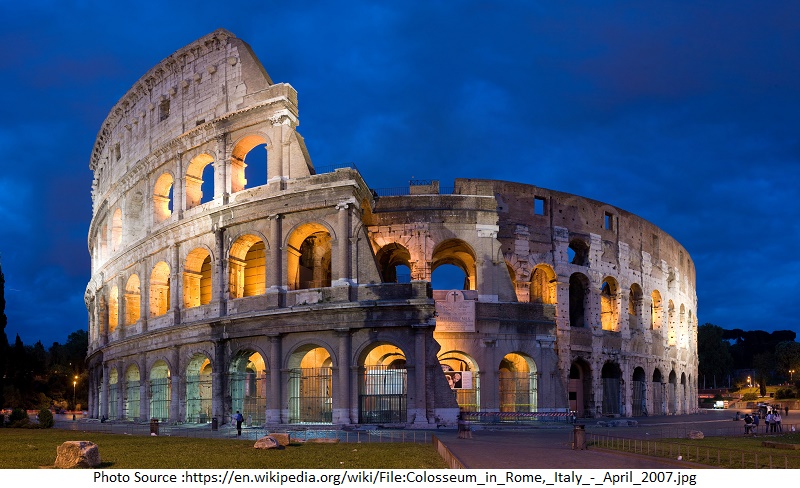
The Colosseum in Rome is the biggest and most eminent amphitheater in the Roman world. Its construction was commenced by Emperor Vespasian of the Flavian dynasty in 72 AD and was completed by his son Titus in 80 AD. The Colosseum was able to hold some 50,000 viewers who could access the structure through no less than 80 gateways. Sails called the “velarium” were attached around the top of the attic to protect the viewers from rain and sun.
2. Grand Canal in Venice
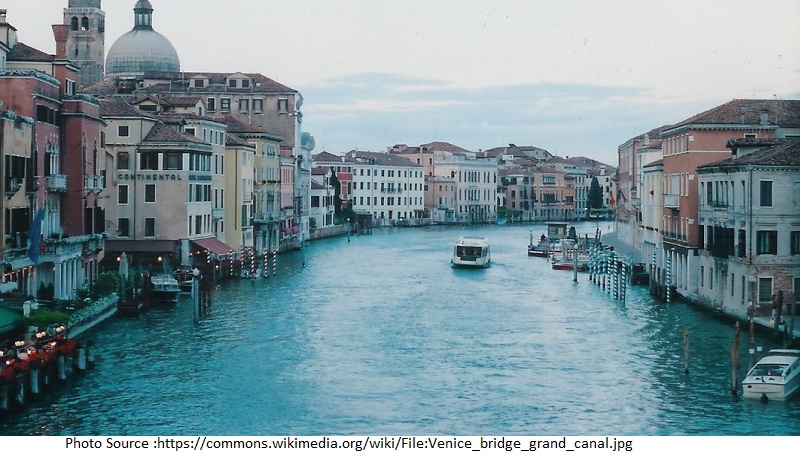
Mentioned as “The City of Water”, Venice is the crown gem of water cities. Though, Venice has declined since its perihelion and has more visitors than inhabitants, with its romantic grace it remains one of the topmost tourist attractions in Italy. The Grand Canal is the key waterway in the city and it makes its way through the city between the lagoon and the Saint Mark Basin like a snake. While traveling through Venice one can have the opportunities to see the Grand Canal, the best way to enjoy it is on the water. Locals travel via the water buses named vaporetti, but many visitors prefer the private water taxis or even the romantic gondola.
3. Santa Maria del Fiore in Florence
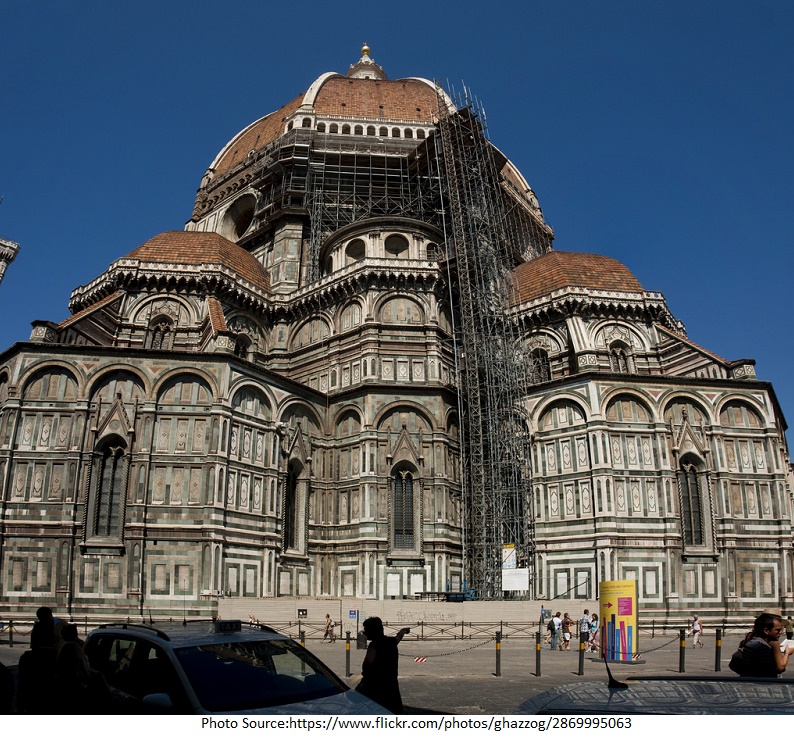
Started in 1296 in the Gothic style and finished in 1436, The Basilica di Santa Maria del Fiore is Florence’s lovely cathedral and emblem of the city. The outer part of the basilica is faced with polychrome marble panels in varied shades of green and pink verged by white. The basilica is one of Italy’s biggest churches, and until the modern era, the dome was the biggest on earth. It remains the biggest brick dome ever built.
4. Piazza del Campo in Siena
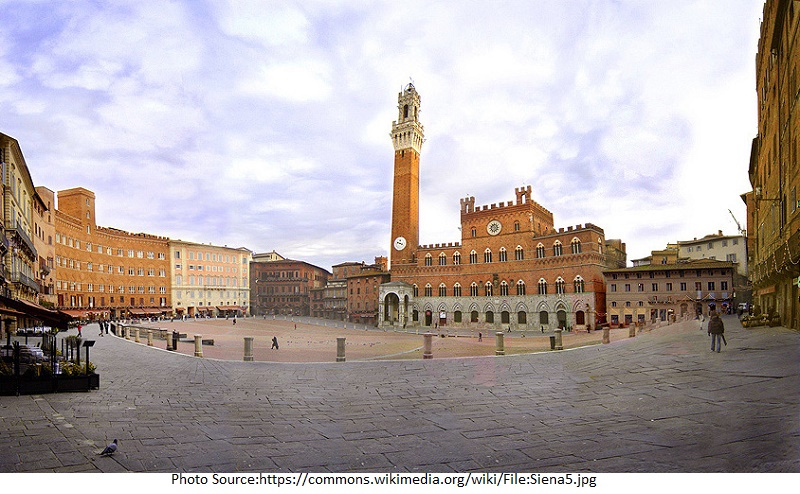
One of Europe’s best medieval squares, the Piazza del Campo is the main public space of the historic center of Siena, Tuscany. It is famous worldwide for its elegance and architectural decontamination. The Palazzo Pubblico and its eminent tower, as well as different palazzi signorili belonging to the richest of Siena families encompass the shell-shaped piazza. The twice-per-year horse-race, Palio di Siena, includes circling the Piazza del Campo, on which a fat layer of dust has been laid, three times and usually endures no more than 90 seconds.
5. Pompeii
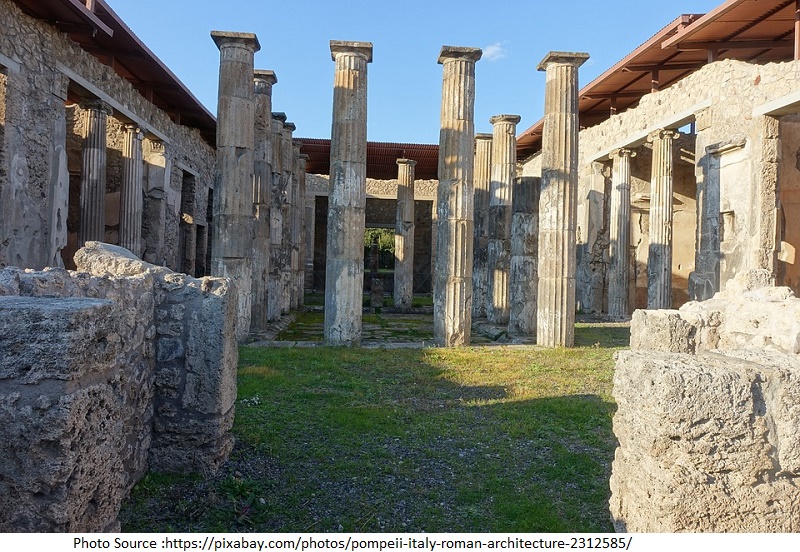
On August 24, 79 AD, the volcano Vesuvius exploded, coating the neighboring town Pompeii with ash and soil, and next time conserving the city in its condition from that inevitable day. All things from pots and tables to drawings and people were frozen in time. Its digging has provided a remarkable elaborate insight into the lives of people dwelling two thousand years ago. Today Pompeii is one of the most beloved tourist fascinations of Italy, with nearly 2,500,000 tourists each year.
6. Positano
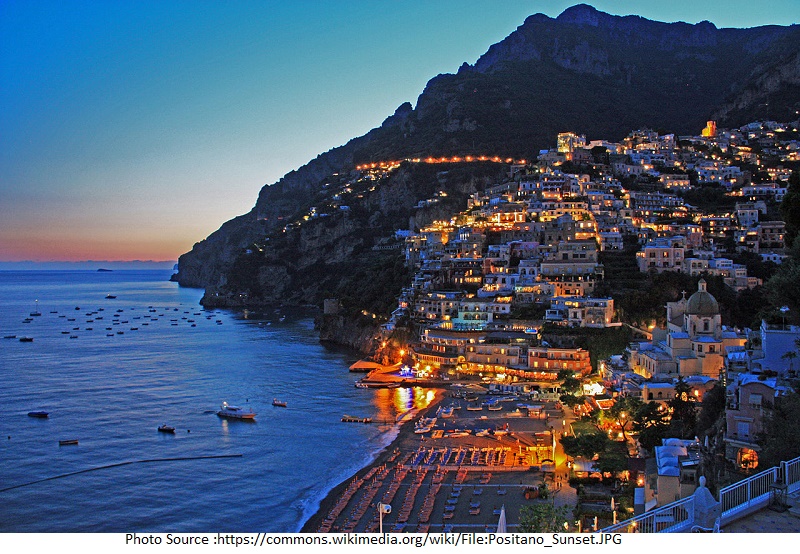
Positano is a little town situated on the Amalfi Coast, a spread of coastline famous for its uneven terrain, dramatic beauty, photogenic cities, and variety. The city seems to be dispersed from top to bottom down a hillside guiding to the coast. Though Positano rose and flourished in medieval times, by the mid 19th century more than half of the inhabitant was gone. In the 20th century, it went from being an impoverished fishing village to a beloved tourist attraction with the help of author John Steinbeck who wrote about its elegance.
7. Lake Como
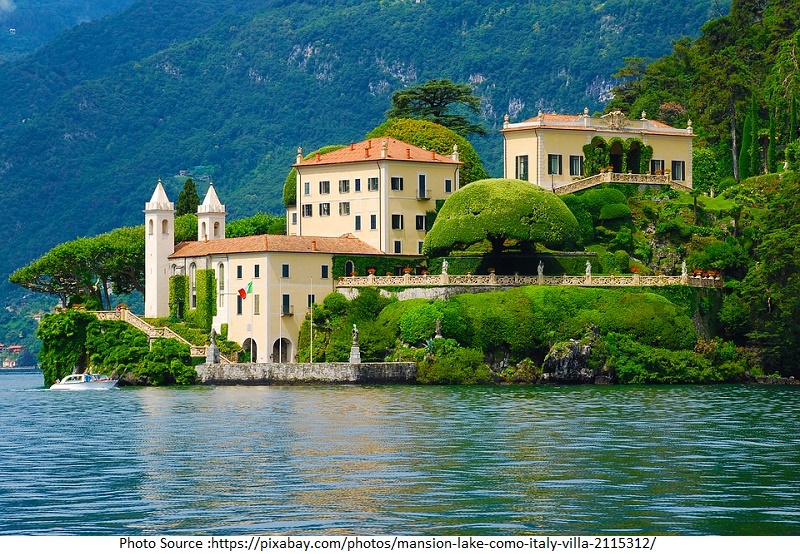
Lake Como is a portion of the Italian Lake District, a place famous among the tourists for well over 100 years. It’s a place of fresh air, water, mountains, and good weather. The lake is shaped much like an upturned ‘Y’, with two segments beginning at Como in the south-west and Lecco in the south-east, which unite together half way up and the lake goes up to Colico in the north. The lake is eminent for the fascinating villas which have been constructed here since Roman times. Many have beautiful gardens that profit from the mild weather and are able to cover tropical as well as temperate plants.
8. Leaning Tower of Pisa
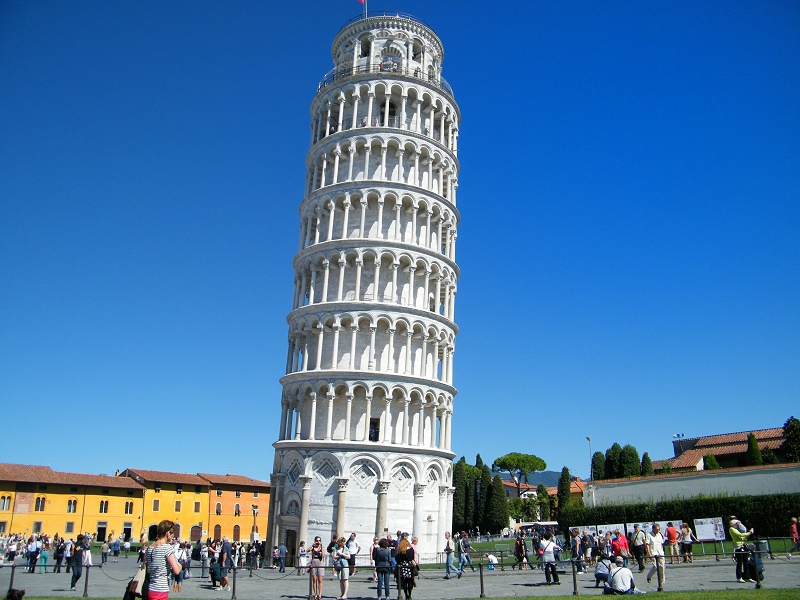
The world-renowned Pisa Tower was constructed over a period of about 177 years. Soon after the construction work started in 1173, the tower began to submerge due to a weak foundation and was left alone for nearly a century. When the construction work restarted, the engineers erected higher floors with one side higher than the other to make amends for the tilt and the tower was at last completed in the 2nd half of the 14th century. Since 2001, the eminent tower in Pisa is again open to those wishing to ascend its 296 steps.
9. Manarola
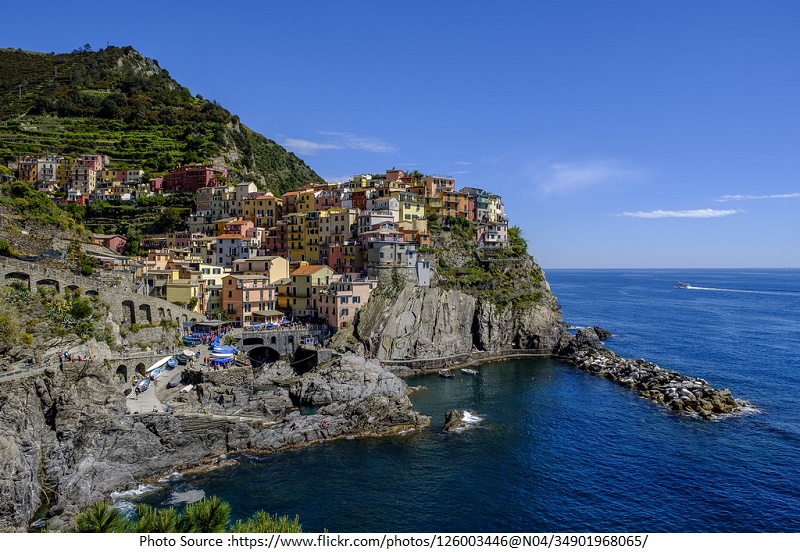
Nestled in the Italian Riviera, Manarola is one of the ancient towns in Cinque Terre. The “Five Lands” constituted of five villages that are famous for their beauty. A portion of Cinque Terre grace is the lack of noticeable modern development. Paved roads, railways, and boats connect the villages, and cars cannot get at it from the outside. The towns shooting out of the hillside serve a sensational view of the Mediterranean Sea.
10. San Gimignano
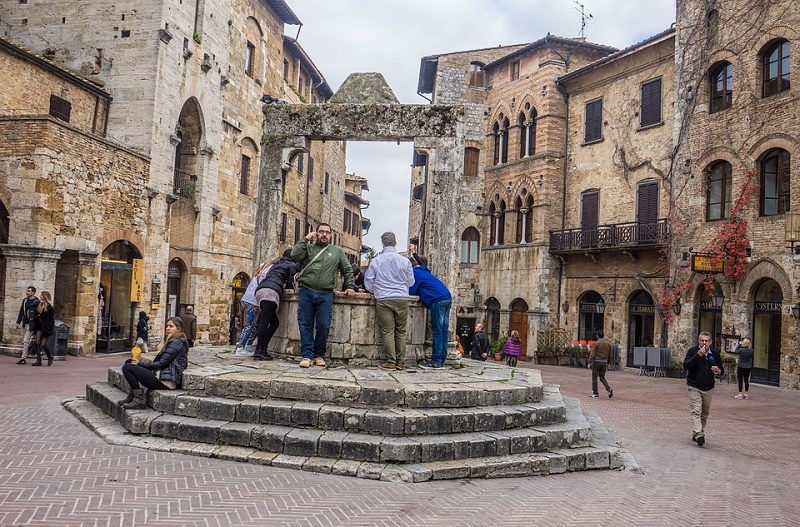
Sobriquet the medieval Manhattan, San Gimignano is a village in Tuscany renowned for its 14 rock towers. At the elevation of San Gimignano’s riches and strength, more than 70 towers were constructed to protect the town against enemy invasion. After the plague destroyed the city in 1348, San Gimignano’s strength tarnished which kept adversaries away and protected many of the city’s medieval towers.
11. Valley of the Temples
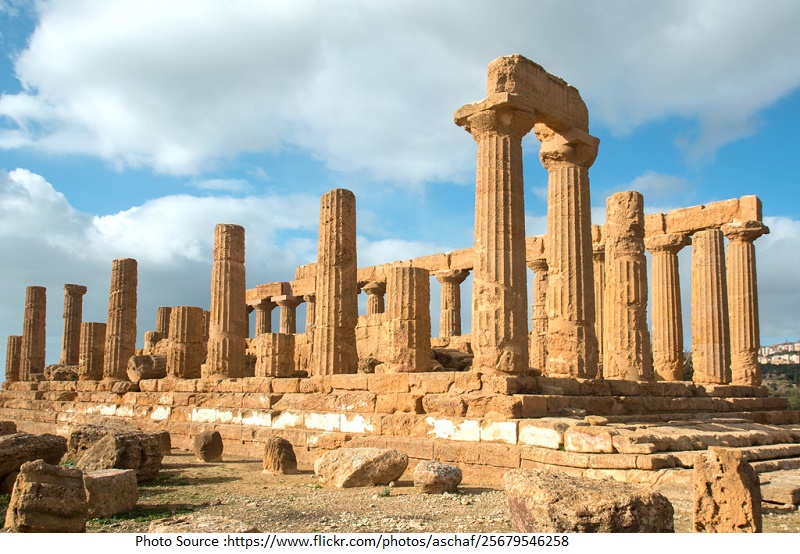
Valle dei Templi, or
the Valley of the Temples, is an antiquarian site situated in Sicily. The target
is home to some Greek temples, all built in the Doric style, and most of which
date back exceeding 2,400 years. While it is worth visiting the whole site, the
most beloved of the temples is the Temple of Concordia, which was rebuilt in
the 18th century and is now the best conserved of the structures.
12. St. Peter’s Basilica in Rome
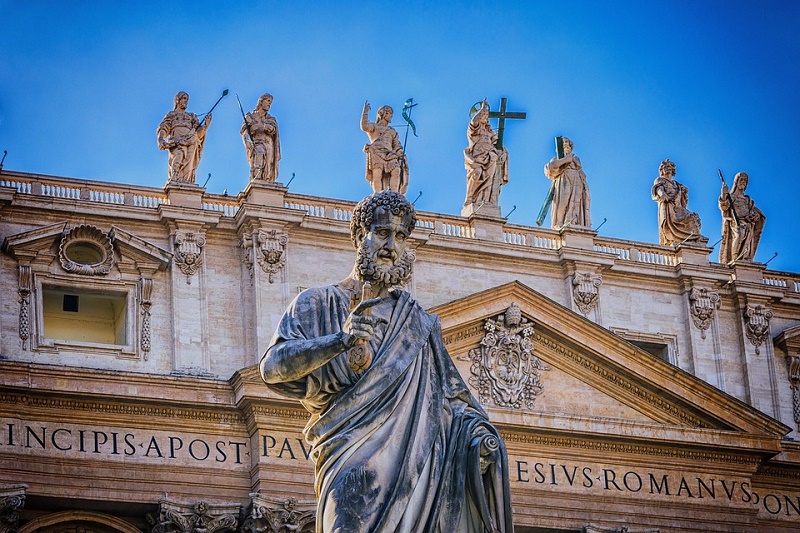
The main attraction of the Vatican in Rome is St. Peter’s Basilica. The wonderful basilica is capped with a scenic dome, on whose ceiling Michelangelo himself adorned. Constructed in the early 16th century, St. Peter’s Basilica is now an immense church with an interior that could house a space shuttle with its booster rockets. While the frontage and the vicinity to the Pope are causes to visit St. Peter’s Basilica, it is the art that is so unforgettable. Don’t forget to enjoy the paintings and sculptures by the likes of Bernini and Michelangelo.
13. Capri
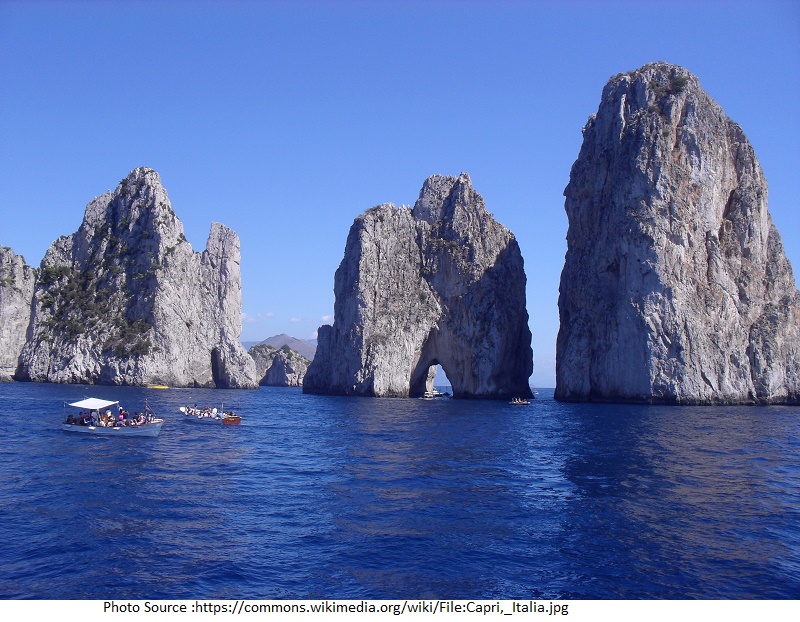
The island of Capri is only three miles away from Naples, but it is an unparalleled destination with its own culture and atmosphere. After reaching by boat, tourists often throng to the Blue Grotto, a remarkable cave that has been admired since Roman times. In addition to wonderful beaches and stunning hikes, Capri brags about some historic architecture. Don’t miss to visit the Baroque Church of San Michele Arcangelo and the Villa Jovis, the former abode of Emperor Tiberius.
14. St. Mark’s Basilica in Venice
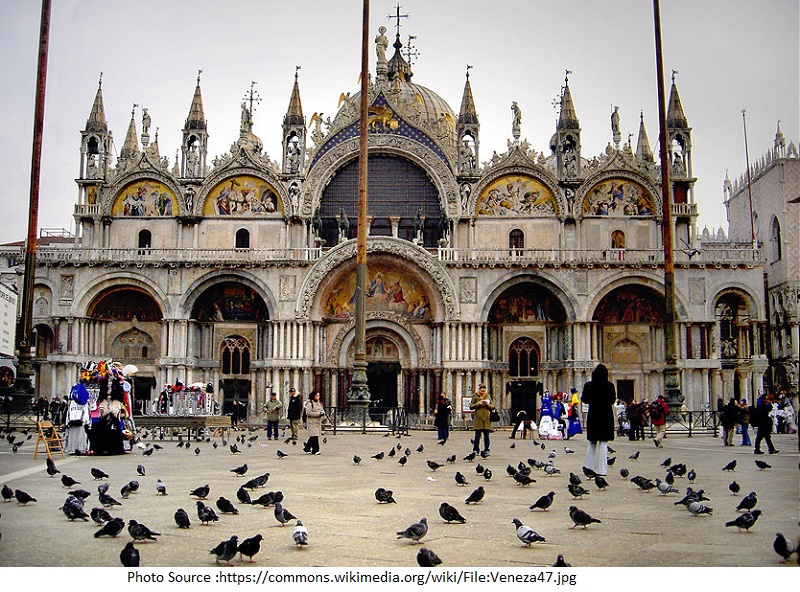
St. Mark’s Basilica, familiar to locals as the Basilica di San Marco, is the crowning gem of the Piazza San Marco in Venice. The construction work of this immense church was finished in the 11th century, and it brags about more than 500 columns, some wonderful domes and innumerable Byzantine mosaics that use gold widely. Also notable are the bronze Horses of Saint Mark, which date back to time immemorial and guard the basilica’s gateways. Don’t forget to visit the treasury or the Museo Marciano, both of which comprise an incredible collection of early gifts like precious stones, sculpture, and tapestries.
15. Portofino
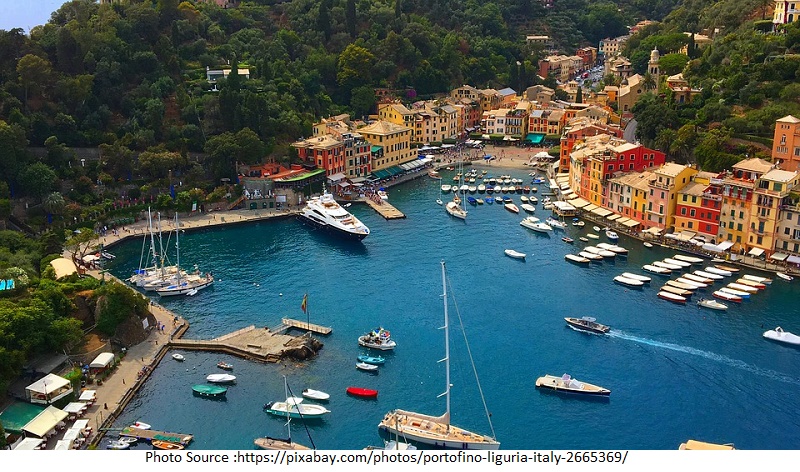
With its picturesque harbor, green scenery and random rows of hilltop and waterfront homes, Portofino is one of the most beautiful towns on the Italian Riviera. Situated only a short drive from south of Genoa, the small fishing village has been a beloved day-tour destination for centuries. Portofino is abode to properties like the 16thcentury castle called Castello Brown and the 11thcentury church called St. Martin, but the actual draw in Portofino is anxiety less life. Tourists come to wander along the Ligurian beach, buy souvenir glass jewelry and eating Italian cuisine uniting with the local Pinot Grigios.
16. Duomo of Orvieto
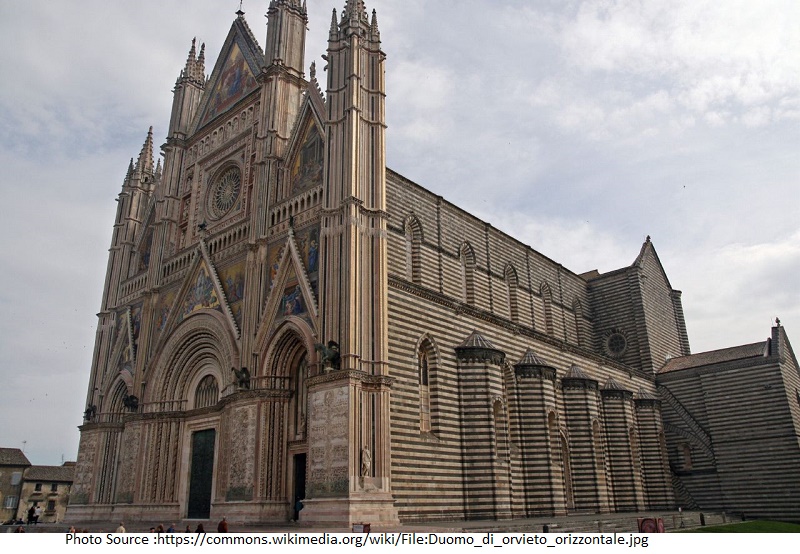
A glowing instance of Italian Gothic architecture is the Duomo of Orvieto. The 14th century Roman Catholic cathedral was assigned by Pope Urban IV, but it took about three centuries to finish the structure. Now, tourists remark upon the incredible seven stories, the elaborate frontage and the aclinic stripes of marble used in the construction. Much of the paintings in the Duomo of Orvieto, which delineates apocalyptic tales from Revelation, were painted by Luca Signorelli.
17. Mount Etna
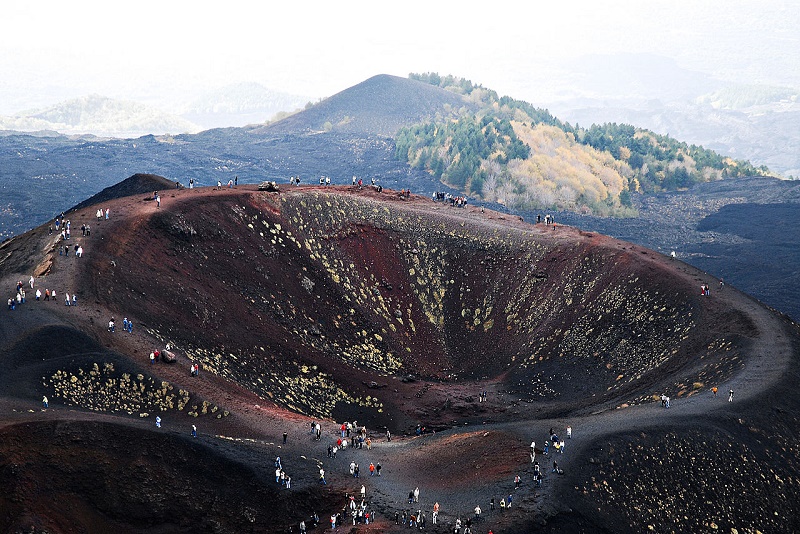
On the island of Sicily, one landmark heightens over all other things: Mount Etna. The volcano is one of the loftiest peaks in Italy, and it erupts often. Encompassing Mount Etna is a national park named the Parco dell’Etna. Tourists to Mount Etna can wander along the vents and cracks, often getting near enough to behold the lava or fume. The volcanic soil is famous for farming grapes, which means the tourists to Mount Etna will have access to an array of magnificent local wine.
18. Sassi di Matera
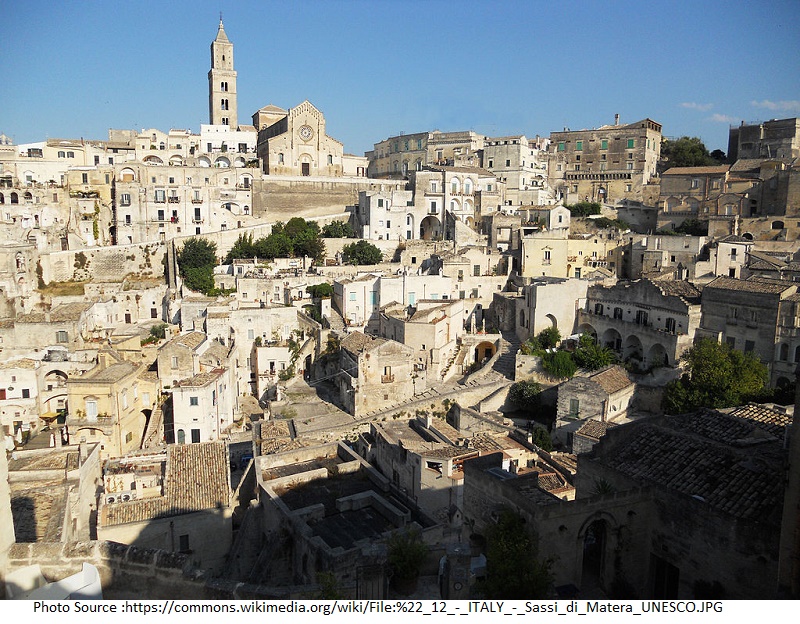
In the city of Matera, there is a collection of age-old cave settlement familiar collectively as the Sassi di Matera. These settlements are thought of as the very first human dwellings in all of Italy, and they are probably as many as 9,000 years old. The settlements are carved just out of the rock, and many of these caves contain homes, businesses, and cafes even now. It is an unbelievable feeling to travel old caves from early humans and then drink local wines from a similar cave only a short walk away.
19. Basilica di San Francesco in Assisi
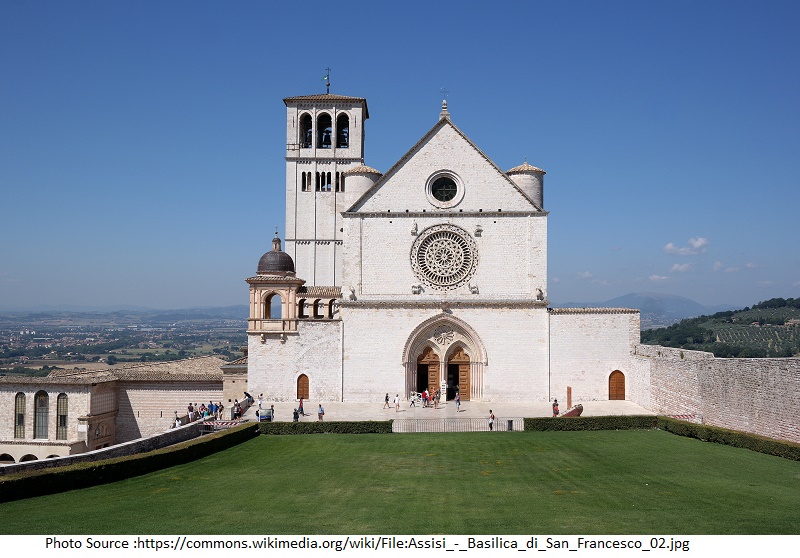
The Basilica di San Francesco, or Basilica of Saint Francis, is one of the most important sites for pilgrims in Italy. Situated in Assisi, the basilica was built in the 13th century to respect Saint Francis himself. Saint Francis was a simple and poor man. The Romanesque edifice was constructed with two levels as well as a crypt, well-decorated windows and thousands of pieces of paintings.
20. Dolomites
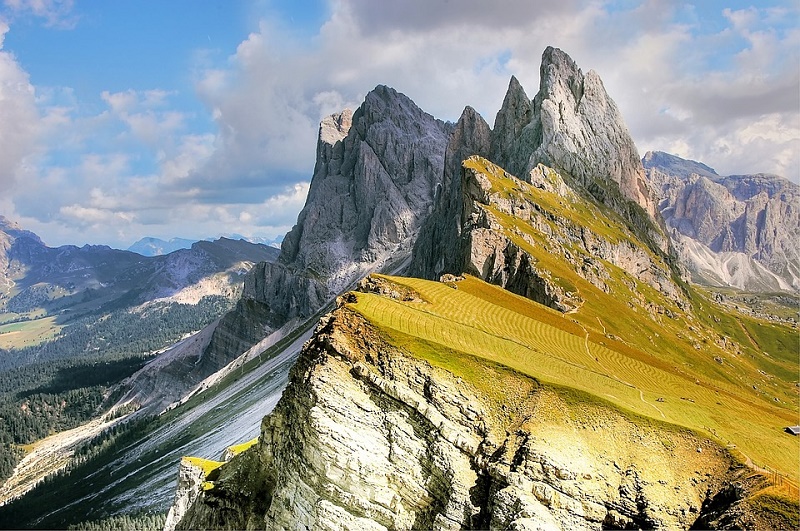
The Dolomites are a mountain range situated in Northern Italy, and they are a beloved site for winter sports like skiing and snowboarding. In any season, the Dolomites point out thanks to stunningly beautiful scenery. During sunset, the peaks can resemble a pink or purple color that is almost otherworldly. Tourists can hike in the region or purchase things at Trento, a pleasant town in the Dolomites with a remarkable fort.
21. Basilica of San Vitale in Ravenna
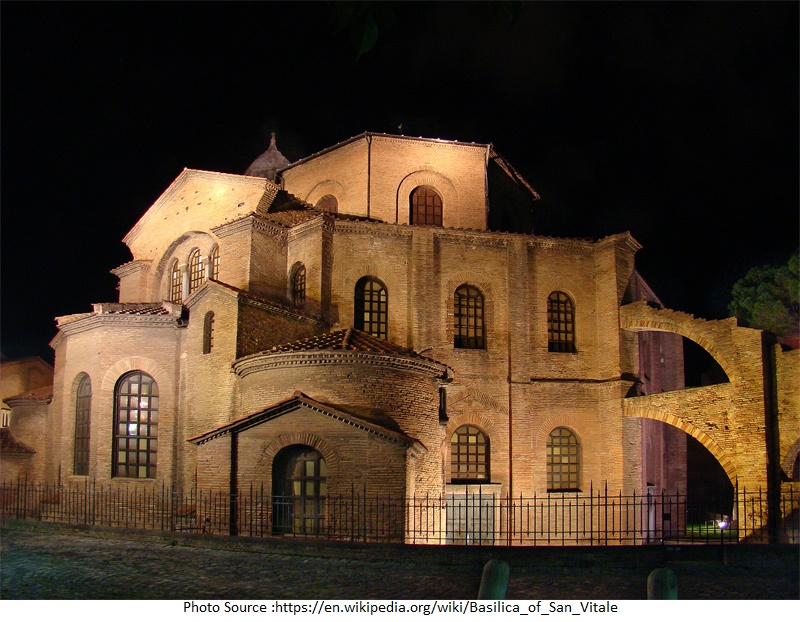
Ravenna, located in Northern Italy was the former capital of the Western Roman Empire, and now it is well-known for the Basilica of San Vitale. The basilica was built in the sixth century, and it is home to a varied collection of mosaics. These mosaics delineate tales from the Bible, and they cover each inch of the available surface in particular chambers. Loud designs and disharmony of color make these Ravenna mosaics a beloved site for religion, architecture and art enthusiasts in Italy.
22. La Pelosa
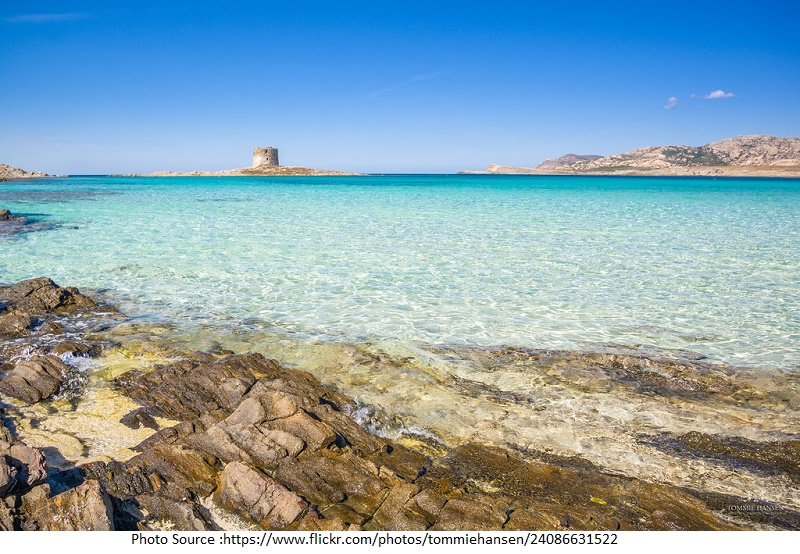
The island of Sardinia located in the heart of the Tyrrhenian Sea, off the western coast of the mainland. While Sardinia brags about a number of wonderful beaches, none is so photogenic or famous as La Pelosa. The beach is so remarkable because of its sandy coast and shallow waters, making it easy to behold right down to the ground through transparent water. La Pelosa is once and again compared to the Caribbean, fetching some of the tropics to Italy. All types of entertainment activities including surfing, kayaking, and even scuba diving are available at or close to La Pelosa.
23. Santa Maria delle Grazie in Milan
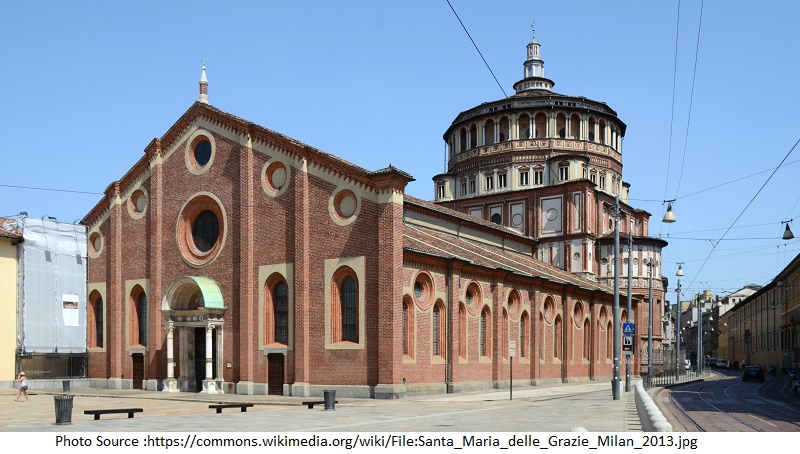
The Holy Mary of Grace, or Santa Maria Delle Grazie, is a convent and church situated in Milan. The structure is a glowing instance of Renaissance architecture, boating niceties like a figurative nave and a dazzling, light-filled gateway. Most toppingly, the Santa Maria Delle Grazie is abode to the beloved mural, The Last Supper, which was drawn by Leonardo da Vinci. Many spectators come to the church particularly to see this famous painting in person.
24. Trevi Fountain in Rome
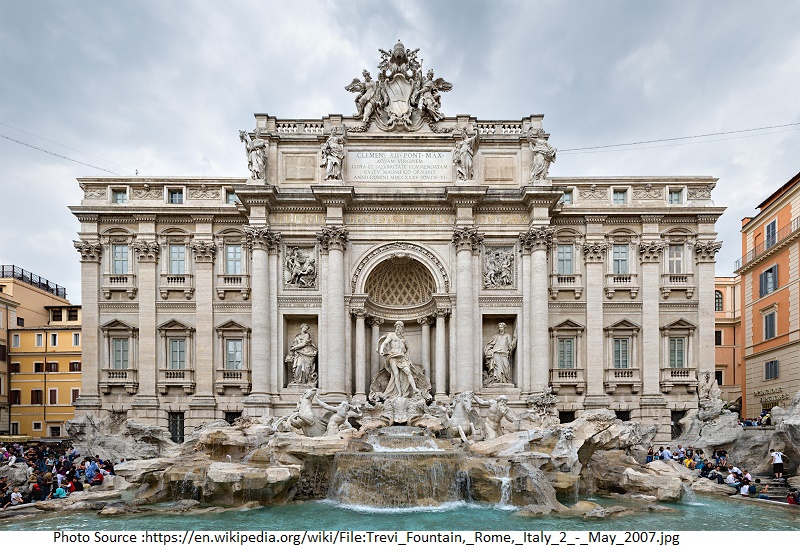
One of the must-visit draws in the city of Rome is the Trevi Fountain. The fountain was created in 1762 by Nicola Salvi, and it delineates the god Neptune encircled by submarine creatures in combat. Trevi Fountain is famous as a site to throw in a coin to confirm a return trip to Rome, and casting two coins can confirm a loving relationship with a Roman man or woman. At night, the fountain is enlightened, creating it an enchanting and romantic place to wander.
25. Palazzo Ducale in Urbino
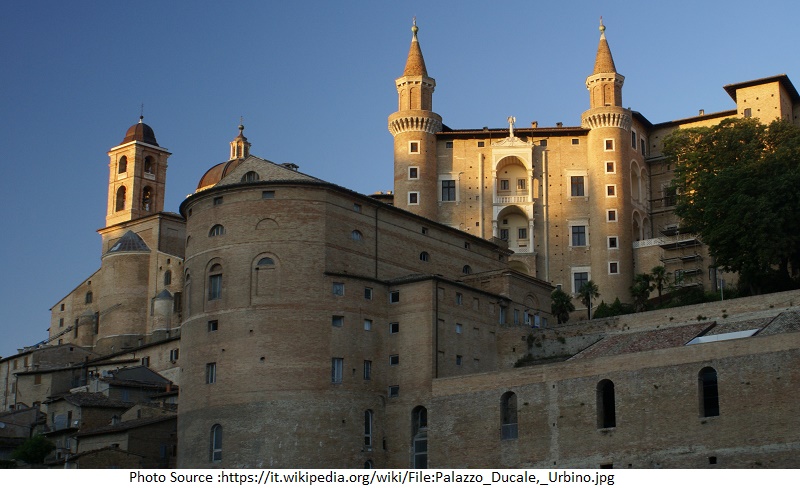
Palazzo Ducale, or the Ducal Palace, is a Renaissance structure situated in the city of Urbino. Constructed in the 15th century, the palace is huge, holding an average of 600 inhabitants at its peak. The Palazzo Ducale is now open to the people, with many of the chambers repaired to look like they did in the 15th century. This colossal edifice is also home to the National Gallery of the Marche, which exhibits a huge collection of Renaissance paintings.

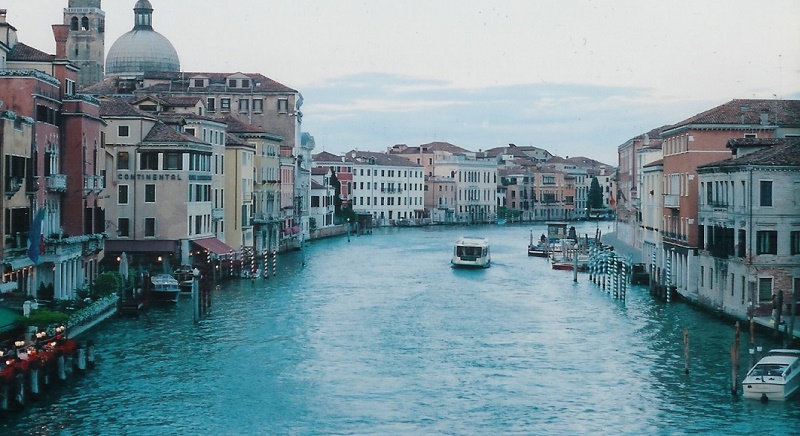
This is an awesome place in Italy